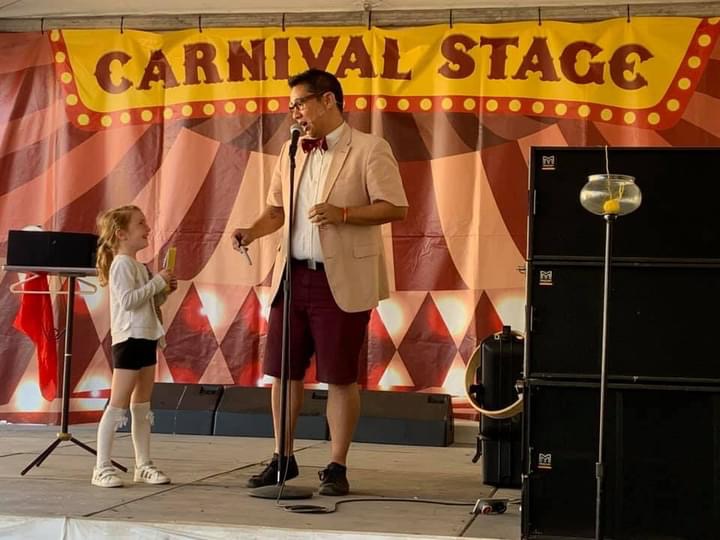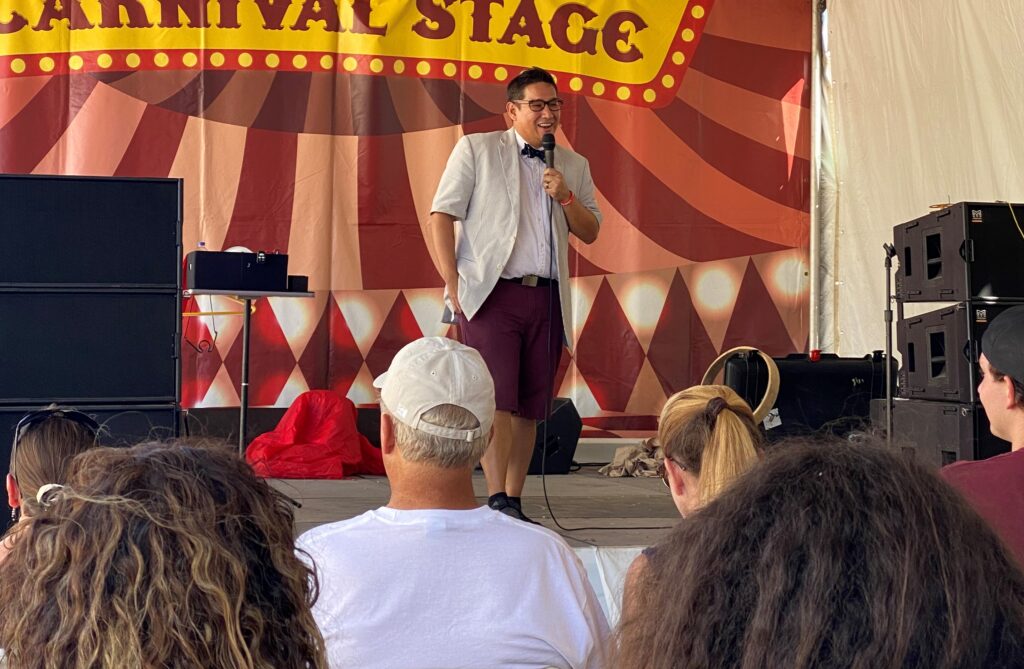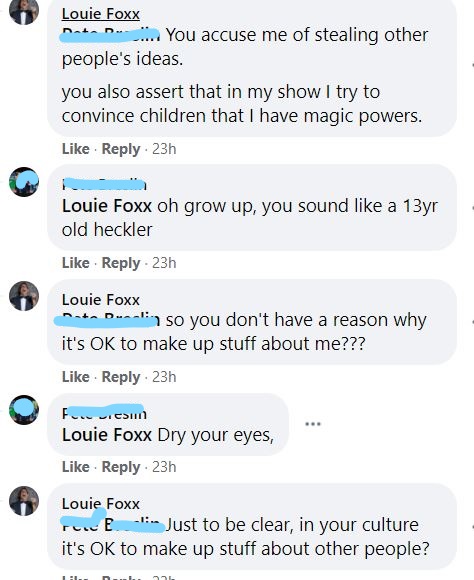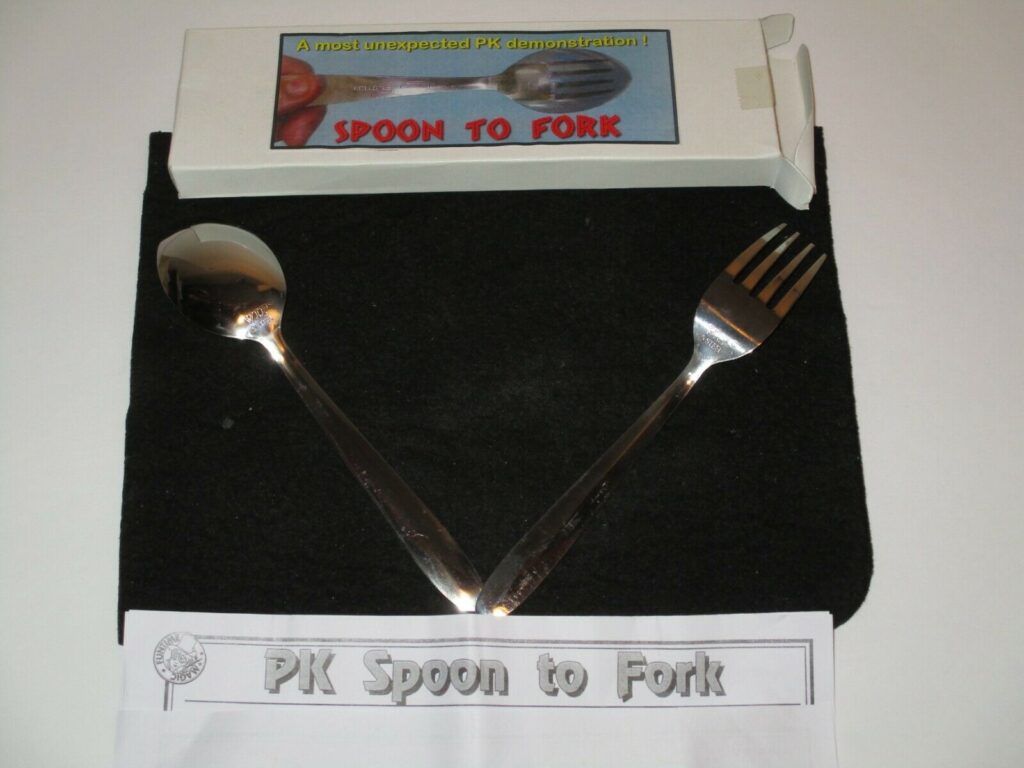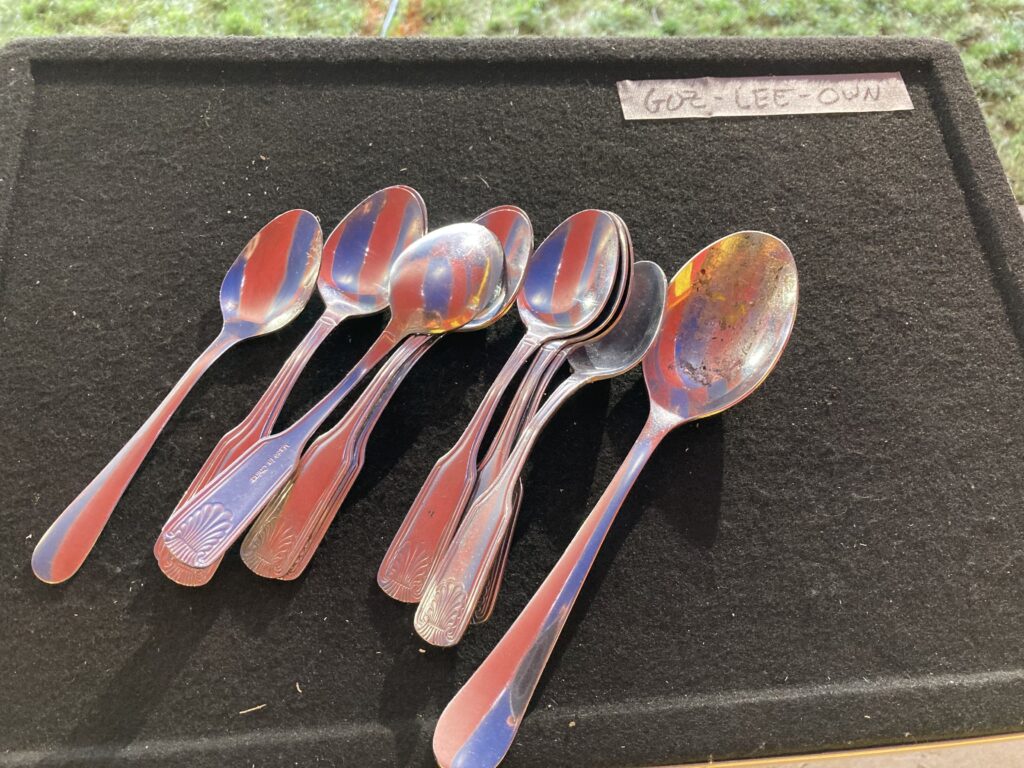Last night I was at a sports bar watching hockey and in between periods I popped into the social media and in a group for children’s performers I saw this post:
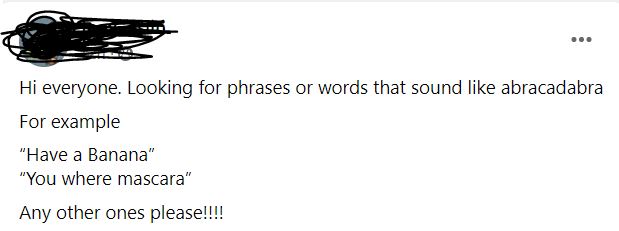
For fun I wrote 10 of them…I wasn’t doing anything, it was between periods of the hockey game. It wasn’t hard, you just needed to find things that have an “ah”sound or sound similar to that and you’re off!
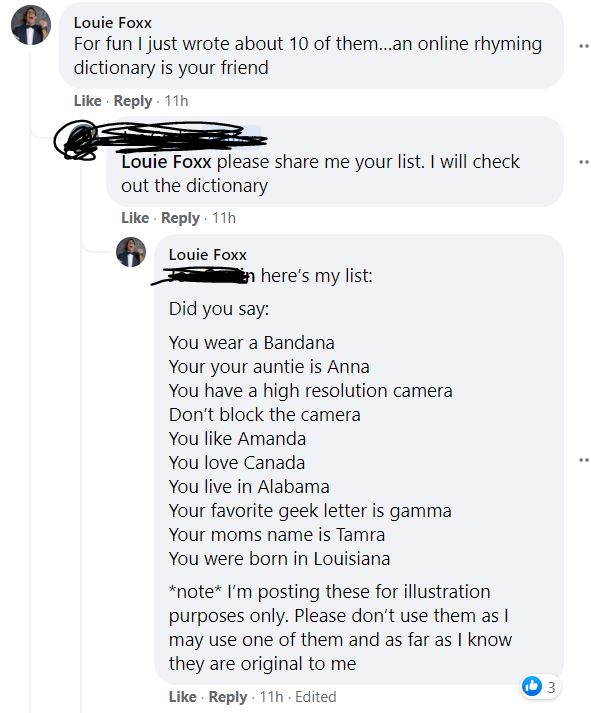
You’ll notice that I put a little note at the end of my list. The reason I did was that I think one of the problems with magicians is that they try to get people to give them the answer to a problem before they try to solve it first. In my list I put in the work…so should you. It’s not hard, I literally spent 10 minutes coming up with my list.
“sure, it’s easy for you because you’re creative” would be someone’s excuse for not trying. I’m no more creative than anyone else. I just sat down and did the work. I actually farmed out most of the work to an online rhyming dictionary.
Do the work, then show your work when you ask for help. Seeing that people have put in some sort of effort makes a huge difference in the quality of help you get.
-Louie

